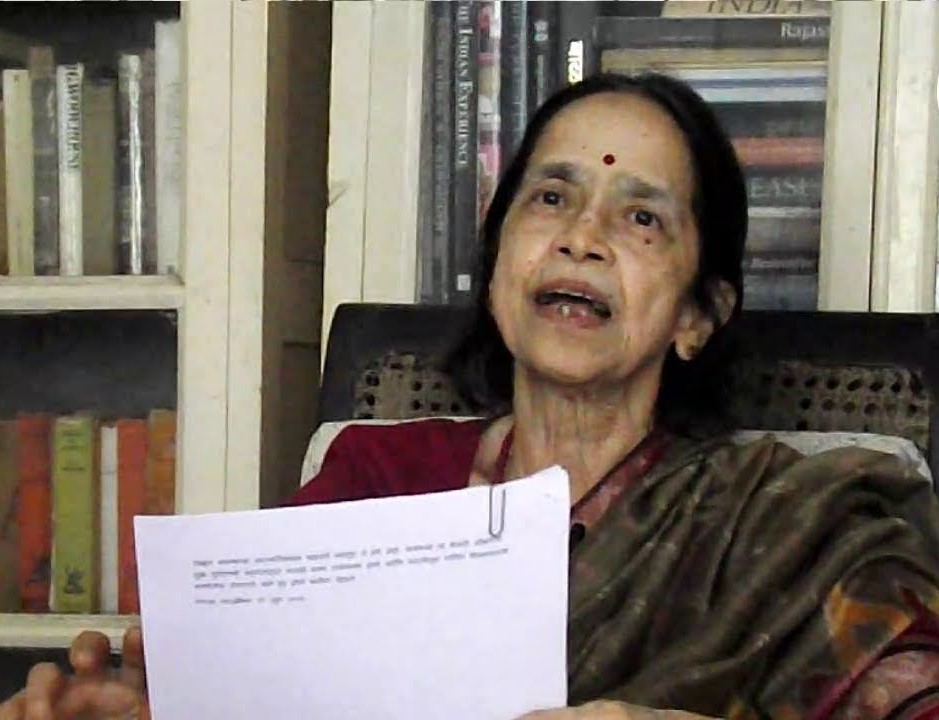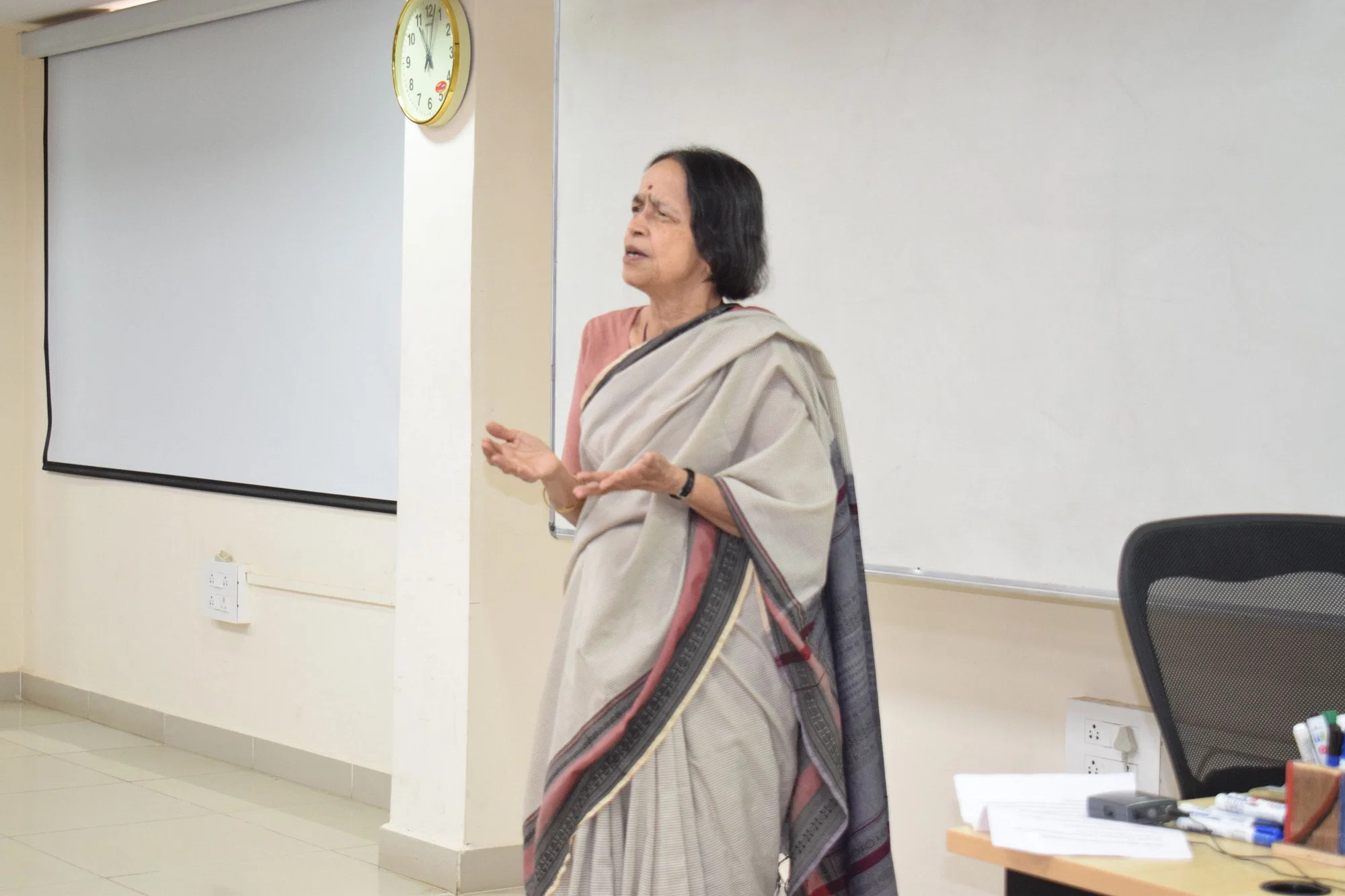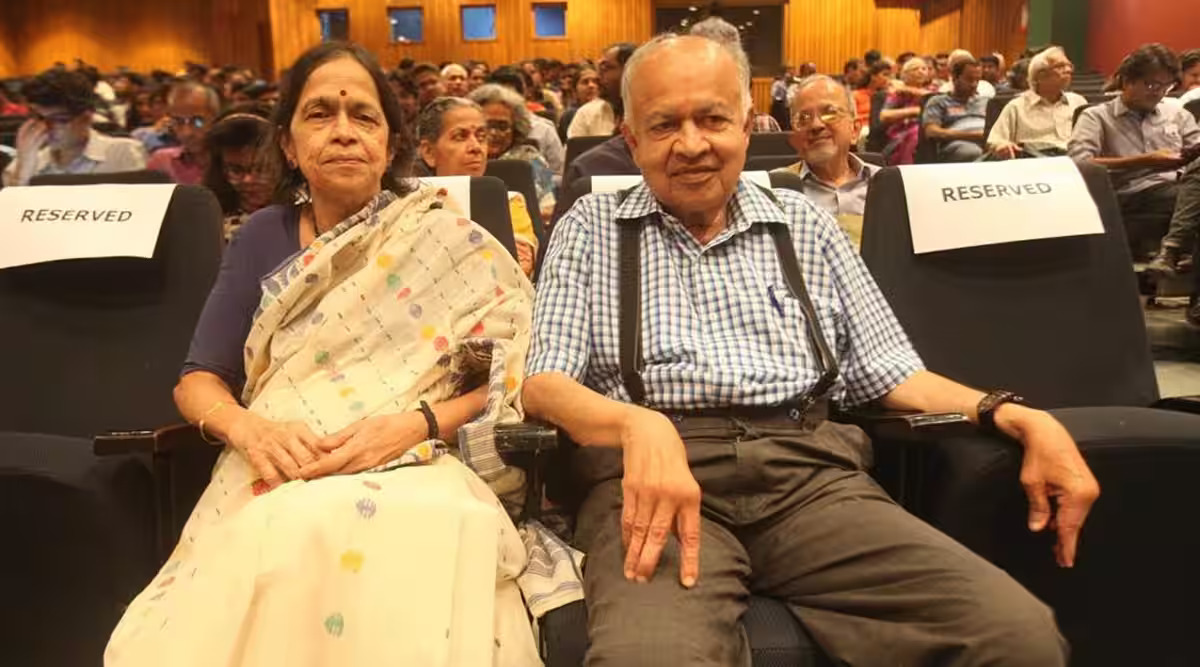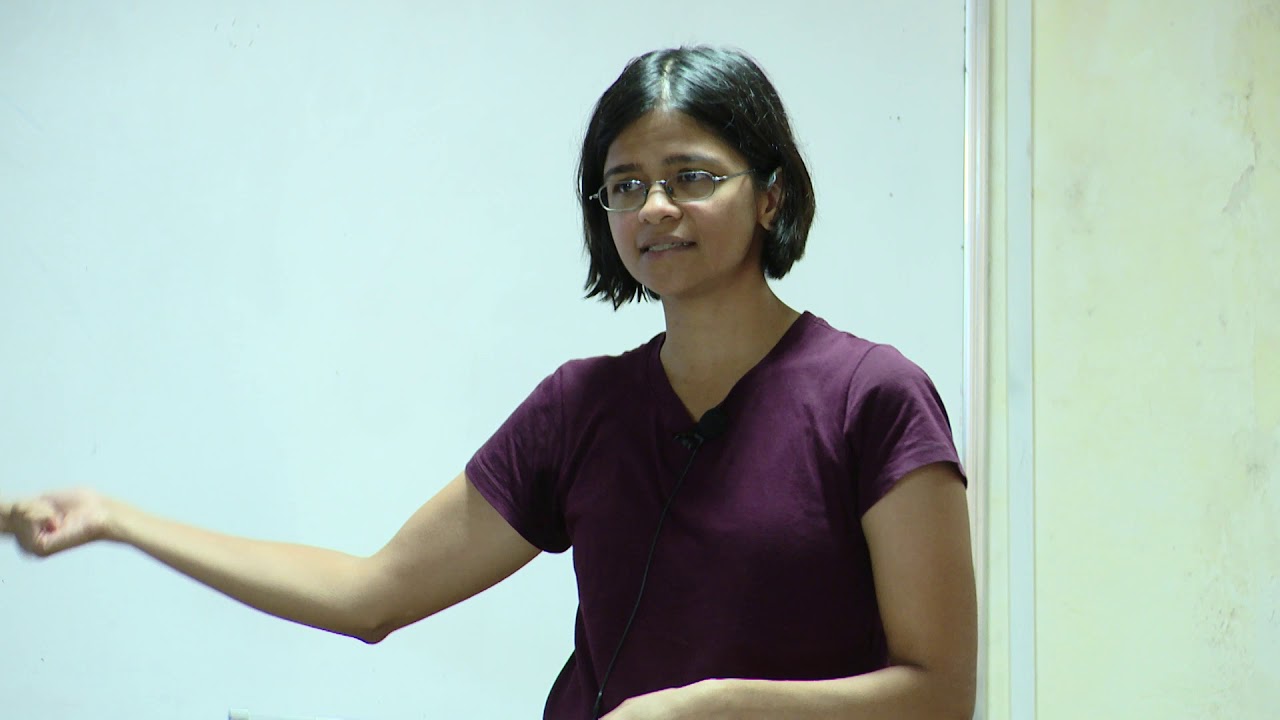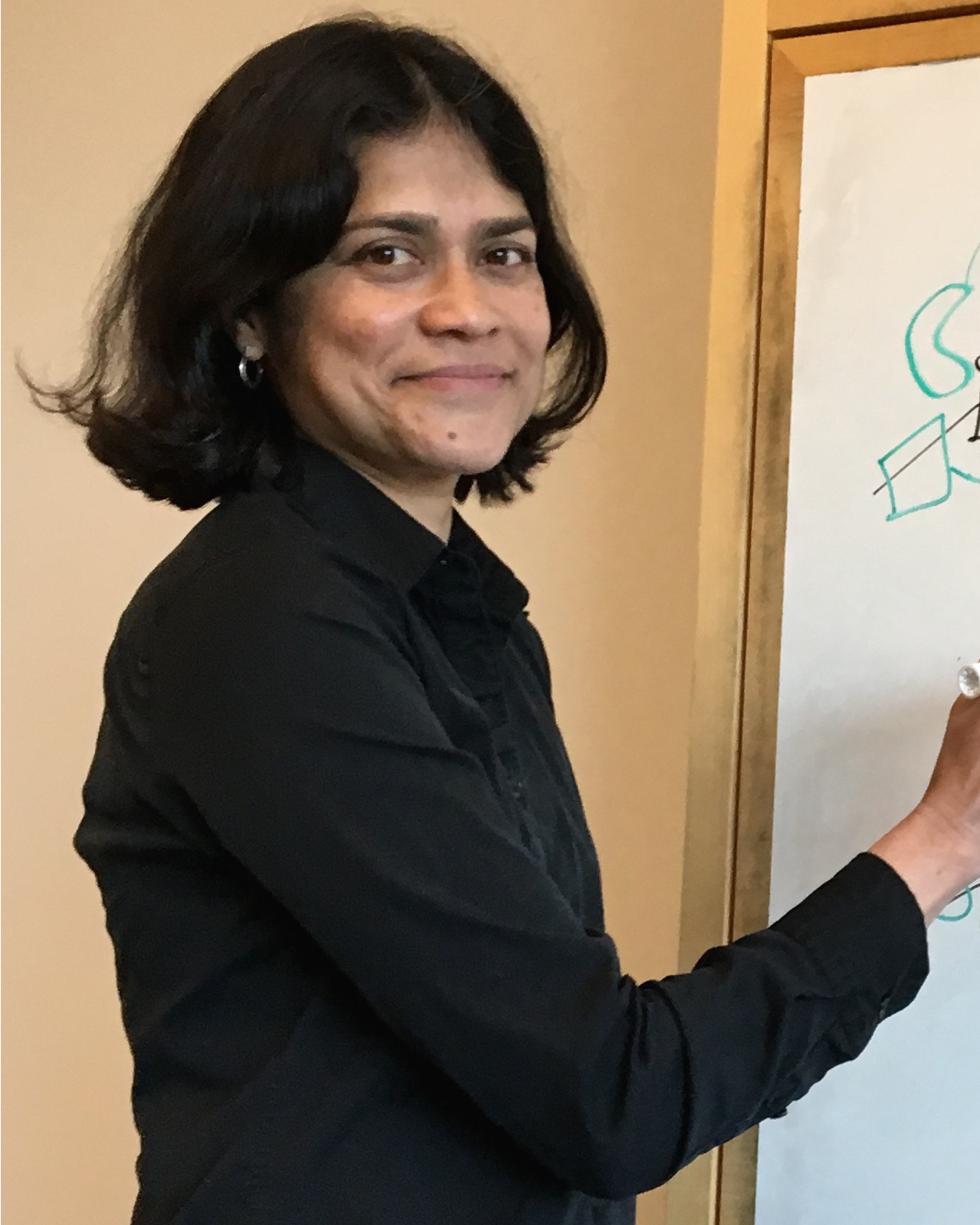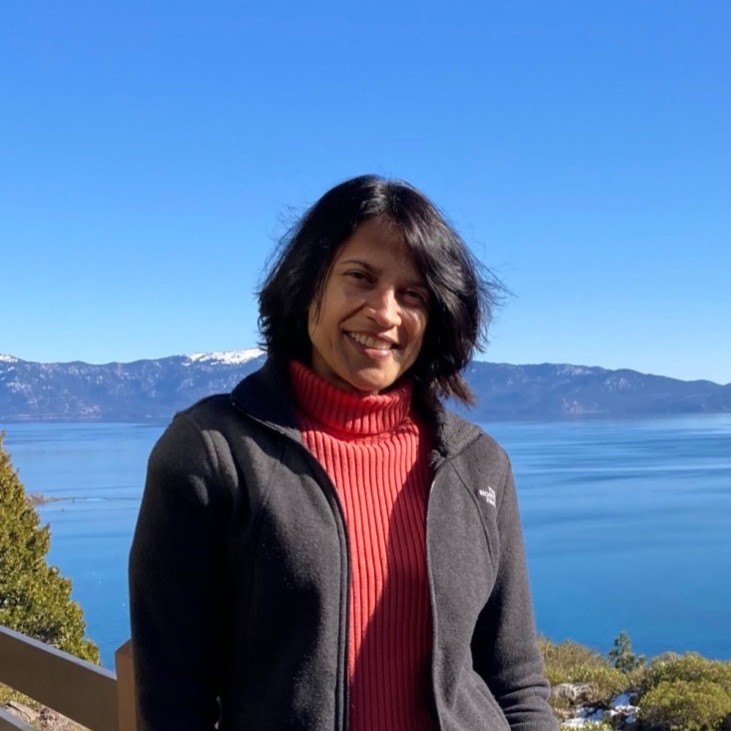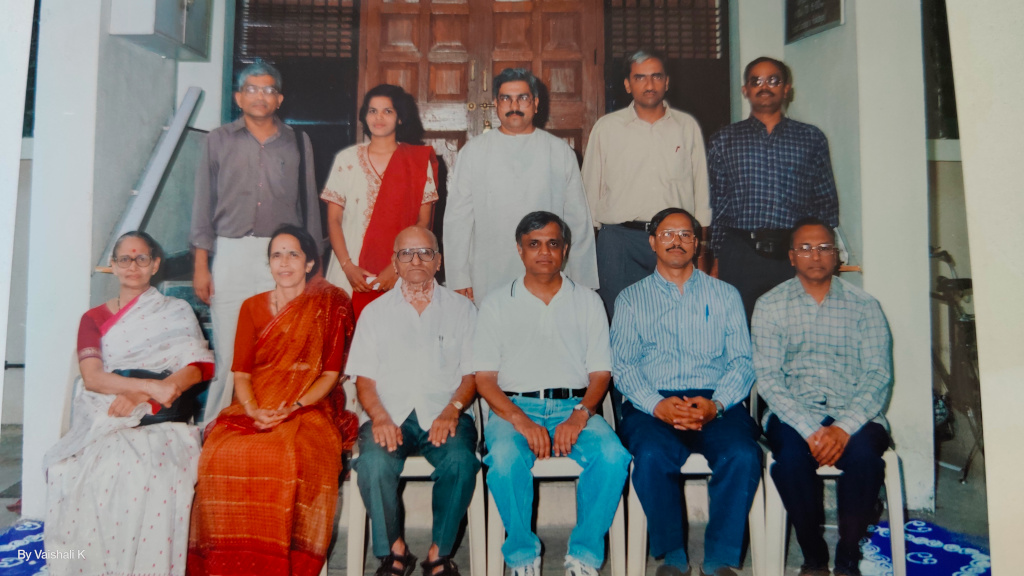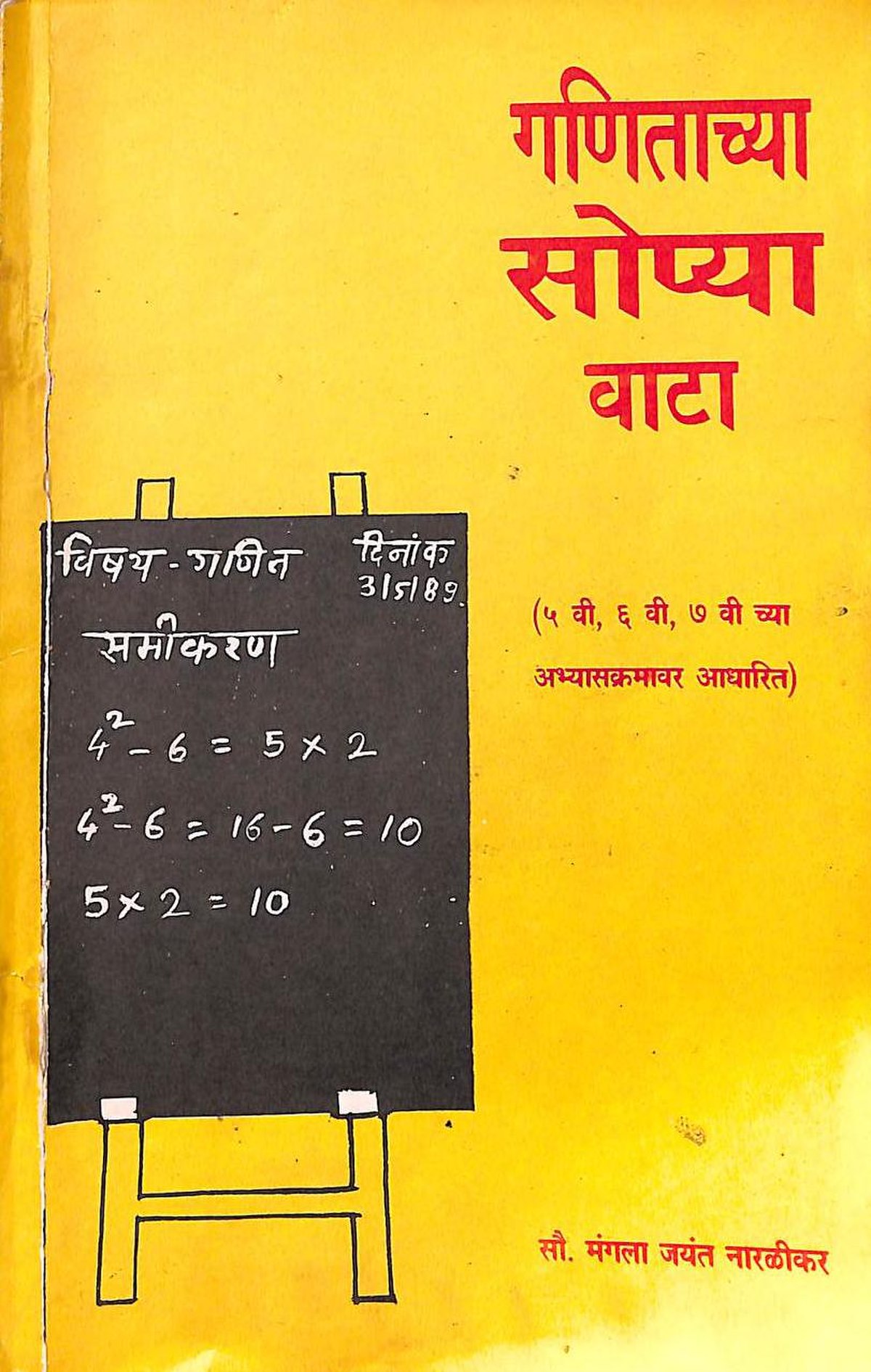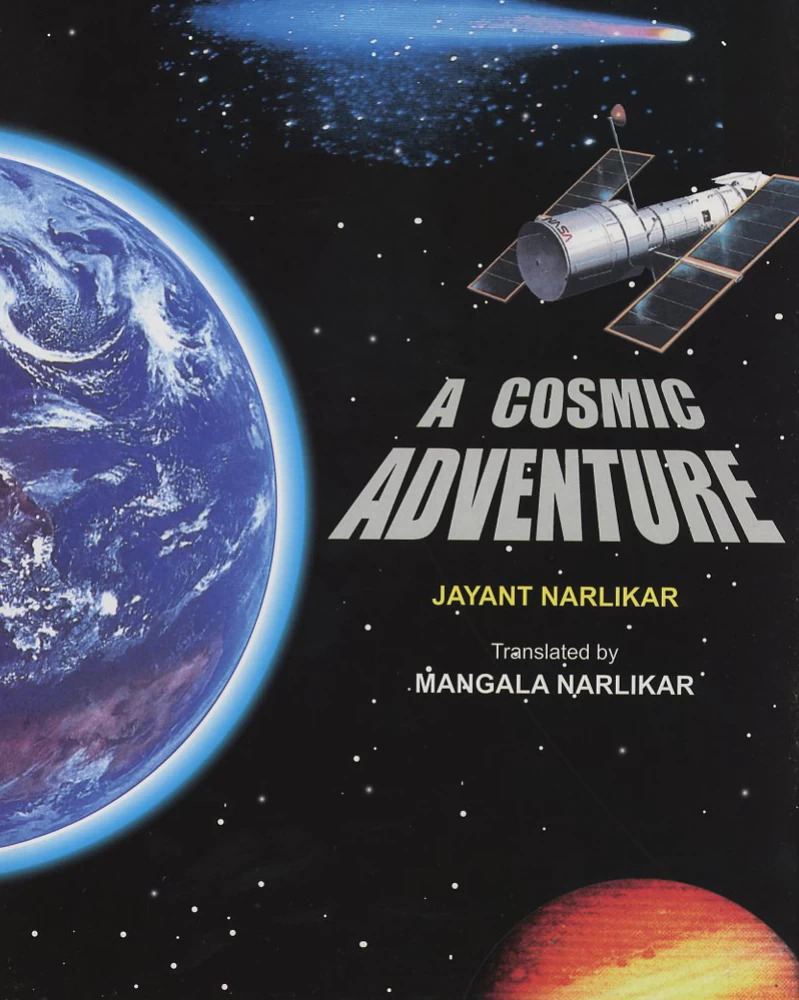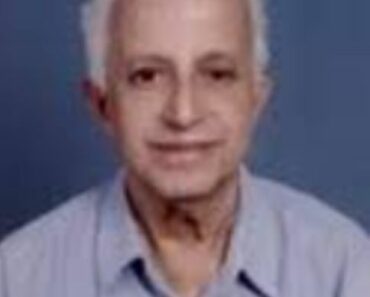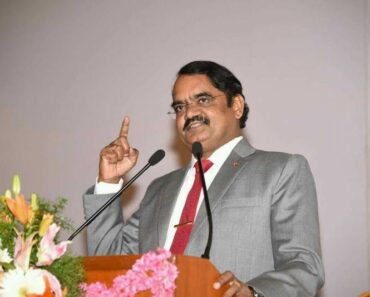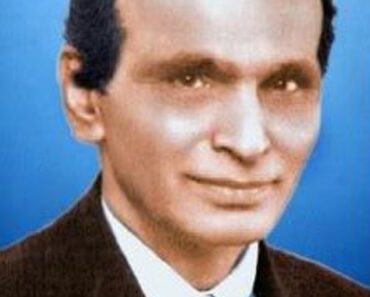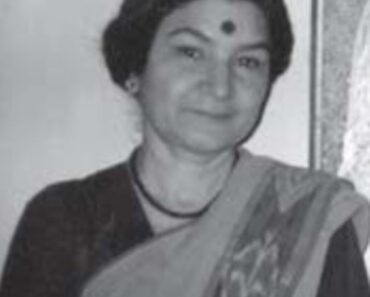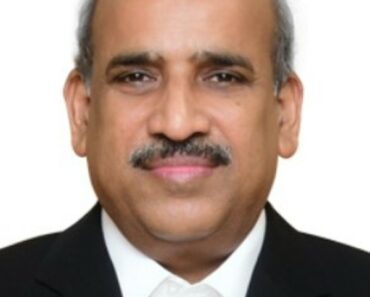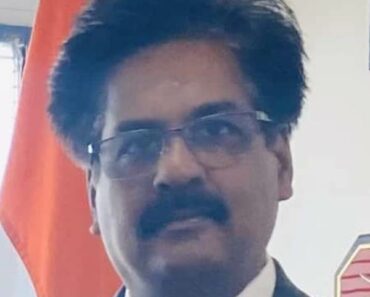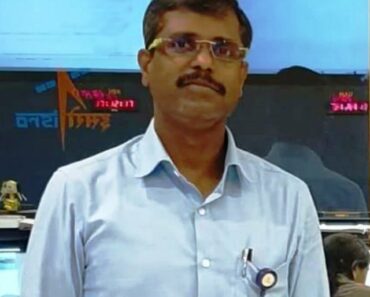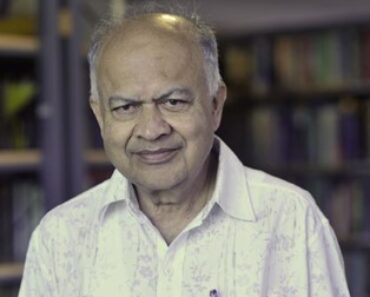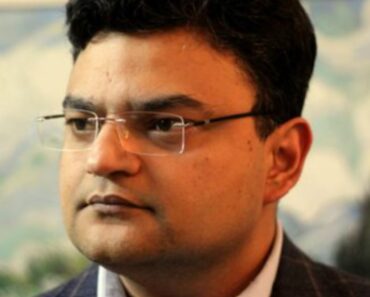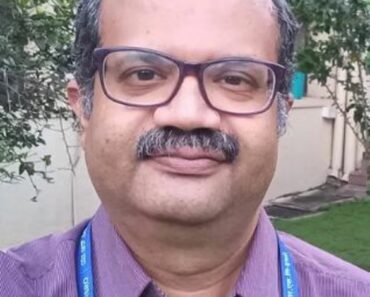Mangala Narlikar (1943-2023) was an Indian mathematician, professor, and writer. She is wife of Jayant Narlikar. She conducted research in mathematics and was well-known for her academic contribution to the field of mathematics. She took her last breath on 17 July 2023.
Contents
Wiki/Biography
Mangala Narlikar was born as Mangla Rajwade on Monday, 17 May 1943 (age 80 years; at the time of death) in Bombay, Bombay Province, British India (now Mumbai, Maharashtra, India). Her zodiac sign is Taurus. She went to the University of Bombay and earned a Bachelor’s degree in Arts in Mathematics in 1962 and a Master’s degree in Arts in Mathematics in 1964. She ranked first in the university and received the Chancellor’s Gold Medal. She completed a Ph.D. in Mathematics from the University of Bombay (now known as the University of Mumbai) in 1981, which is 16 years after getting married, in the field of analytic number theory.
Physical Appearance
Height (approx.): 5’2″
Hair Colour: Black
Eye Colour: Black
Family
Parents & Siblings
Mangala’s father served in a government job in Mumbai while her mother had finished only one year of college. She had a brother. Six months after she was born, her father died due to cancer after which Mangala’s mother, along with her grandmother, moved back to Pune, where her mother pursued MBBS and became the only female doctor in the family.
Husband & Children
Mangala got married to Jayant Narlikar, who is also an astrophysicist, mathematics researcher, a PhD holder and a professor in 1966. In an interview, Mangala recalled her first meeting with Jayant and said,
I was very awkward but he made me feel comfortable by sharing jokes and funny incidents from his days at Cambridge. I found him extremely thoughtful and supportive of my love for Maths. Unlike other men, he had no issues with my intellect and the desire to study more,”
They have three daughters, Geeta, Girija, and Leelavati. Geeta works in the field of science and is a faculty member of Biochemistry and Biophysics at the University of California, San Francisco, while Girija works as a Director of Engineering at Google and Leelavati is a Faculty member at the Indian Institutes of Science Education and Research (IISER), Pune, Maharashtra. Jayant and Mangala are grandparents to five children.
Career
Academics and Research
Mangala Narlikar began her career in academics by working as a research student and then as a research associate from 1964 to 1966 at the School of Mathematics of the Tata Institute of Fundamental Research in Mumbai. Thereafter, she went to the UK, where she taught at the University of Cambridge, to undergraduate students for two years, i.e., from 1967 to 1969. She later returned to India, where worked at the Tata Institute of Fundamental Research from 1974 to 1980. Her research field was analytic number theory. After she got her Ph.D., she worked at the Tata Institute of Fundamental Research as a pool officer in the School of Mathematics for three years from 1982 to 1985. During this time, she taught M.Phil students at the University of Bombay (now known as the University of Mumbai). She also taught at the University of Pune for over a decade, i.e., from 1989 to 2002. She later taught M.Sc. students at the Bhaskaracharya Pratishthan in Pune for four years from 2006 to 2010.
In 2013, she was appointed as the Chairman of Balbharati (The Maharashtra State Bureau of Textbook Production and Curriculum Research), where she made several significant developments in the state curriculum. Dhanwantri Hardikar, academic section head of Balbharti Textbook Bureau in an interview said that Mangala was invited to be a part of the board of studies for mathematics. He recalled,
She became the chairperson and was responsible for making mathematics textbooks from Std I to X more interactive,”
Writing
Mangala wrote books mainly about mathematics and believed in making maths interesting and easy for people to understand. She wrote,
I enjoyed writing a book on how to make mathematics interesting and accessible”.
Mangala published numerous scientific papers and books. A few of them are mentioned below.
Articles and Papers
- Theory of Sieved Integers, Acta Arithmetica Volume 38.
- On a theorem of Erdos and Szemeredi, Hardy Ramanujan Journal 3, 41, in 1980
- On the Mean Square Value theorem of Hurwitz Zeta function, Proceedings of Indian Academy of Sciences in 1981.
- Hybrid mean Value Theorem of L-functions, Hardy Ramanujan Journal 9 in 1986.
- On orders solely of Abelian Groups, Bulletin of London Mathematical Society in 1988.
- Several articles on mathematics in the Science Age.
Books
- Ganitachyaa Sopya Vata (1989), a book in Marathi for school children
- An Easy Access to Basic Mathematics, a book for school children.
- A Cosmic Adventure (2000), a translation of a book on Astronomy.
Awards
- Vishwanath Parvati Gokhale Award in 2002 for her Marathi book Gargi Ajun Jeevant Aahe.
- Suryadatta Life Time Achievement Award 2017 for Excellence in the field of Science and Technology.
Death
Mangala died on 17 July 2023 in Pune, Maharashtra. Her body was kept at the Indian Institute of Science Education and Research (IISER) for some time for people to offer their respects before her last rites. [1]The Economic Times
Facts/Trivia
- Mangala’s main interest in mathematics was in real and complex analysis, analytic geometry, number theory, algebra and topology.
- In an interview, Jayashree Atre, a member of the mathematics committee in Balbharti recalled the 10 years spent working alongside Mangala and her nature of helping people if they were unwell by brewing concoctions in her kettle. She said,
She was a hands-on wife and mother, excelling in everything. We wondered how she found the time to do so much,” [2]Times Of India
- She tried introducing an easier way to identify numbers in Marathi to mirror the English way, instead of ‘bawees’ for 22, she suggested ‘vees-don’, but was met with opposition. [3]The Bridge Chronicle
- Books and textbooks written by Mangala Narlikar were sold at Rs. 10 so that every child could afford them. [4]Free Press Journal
References

